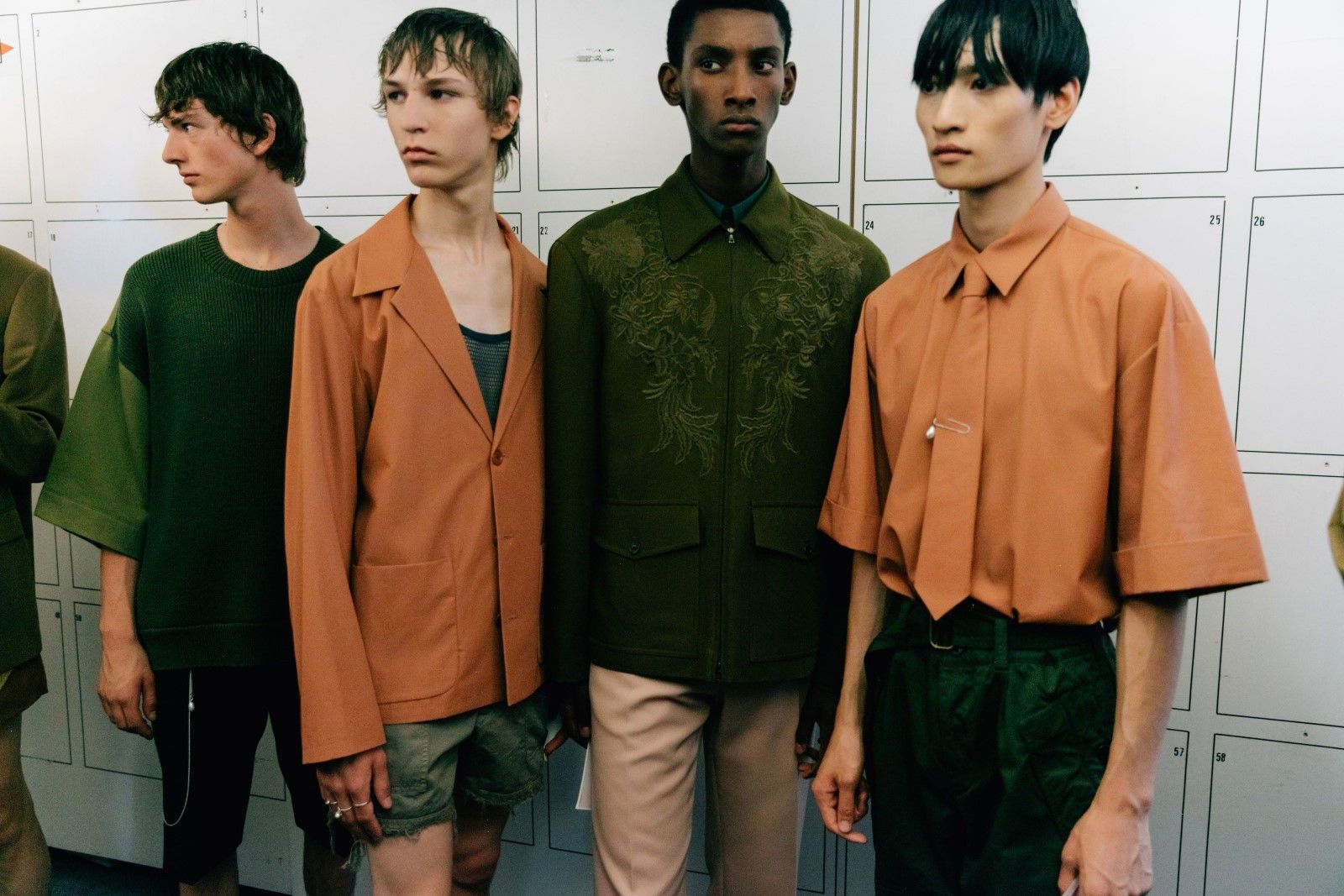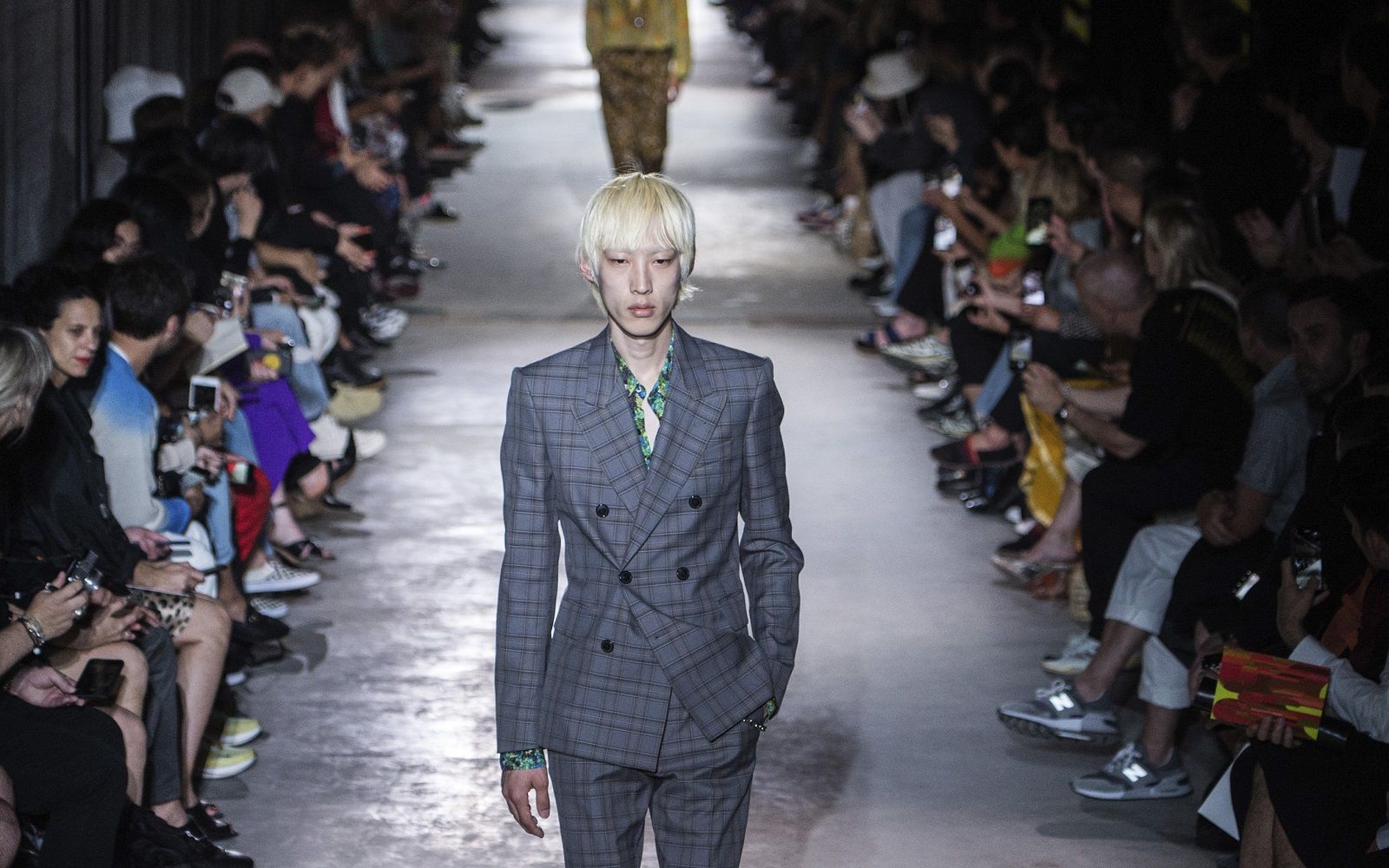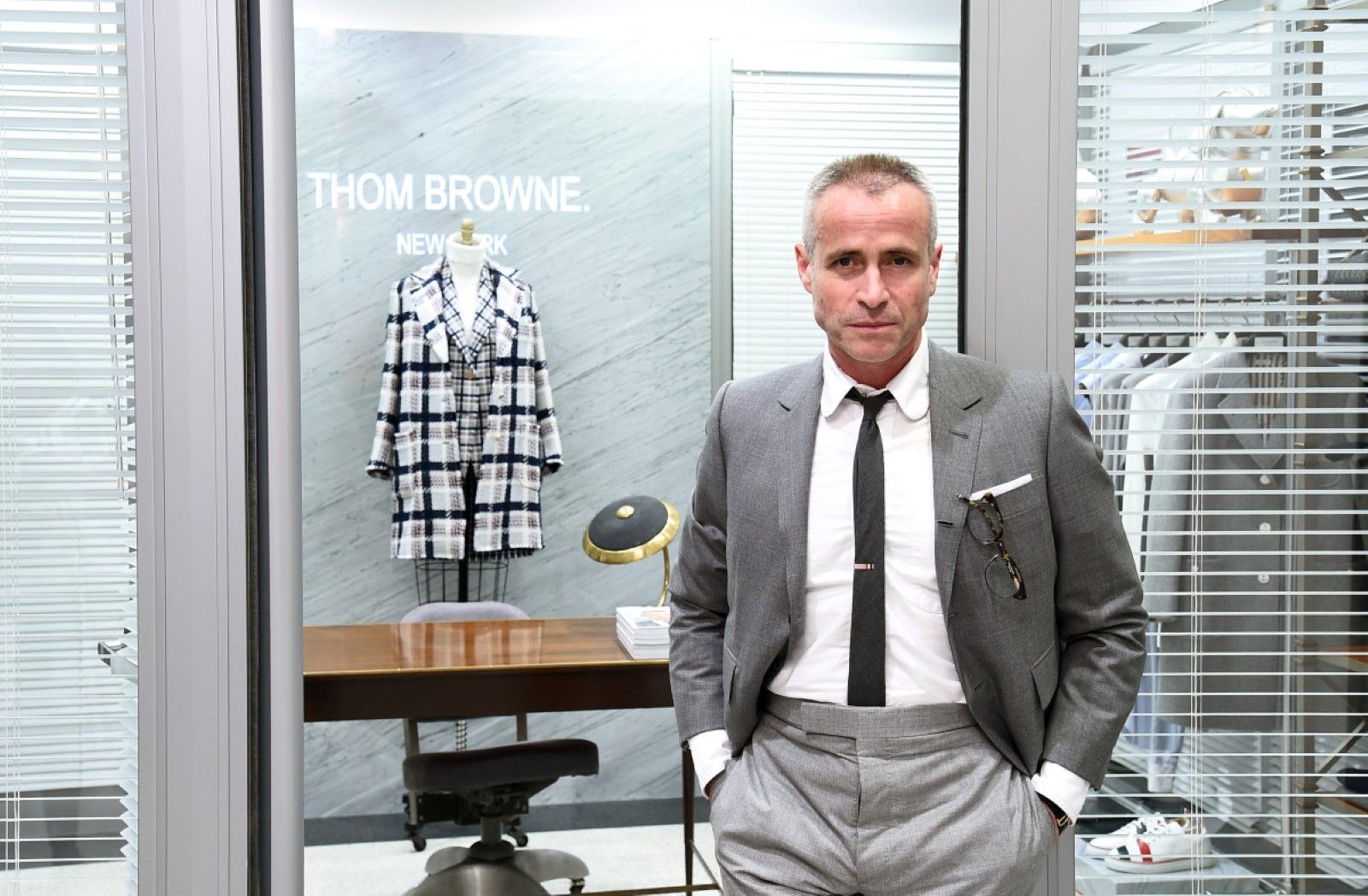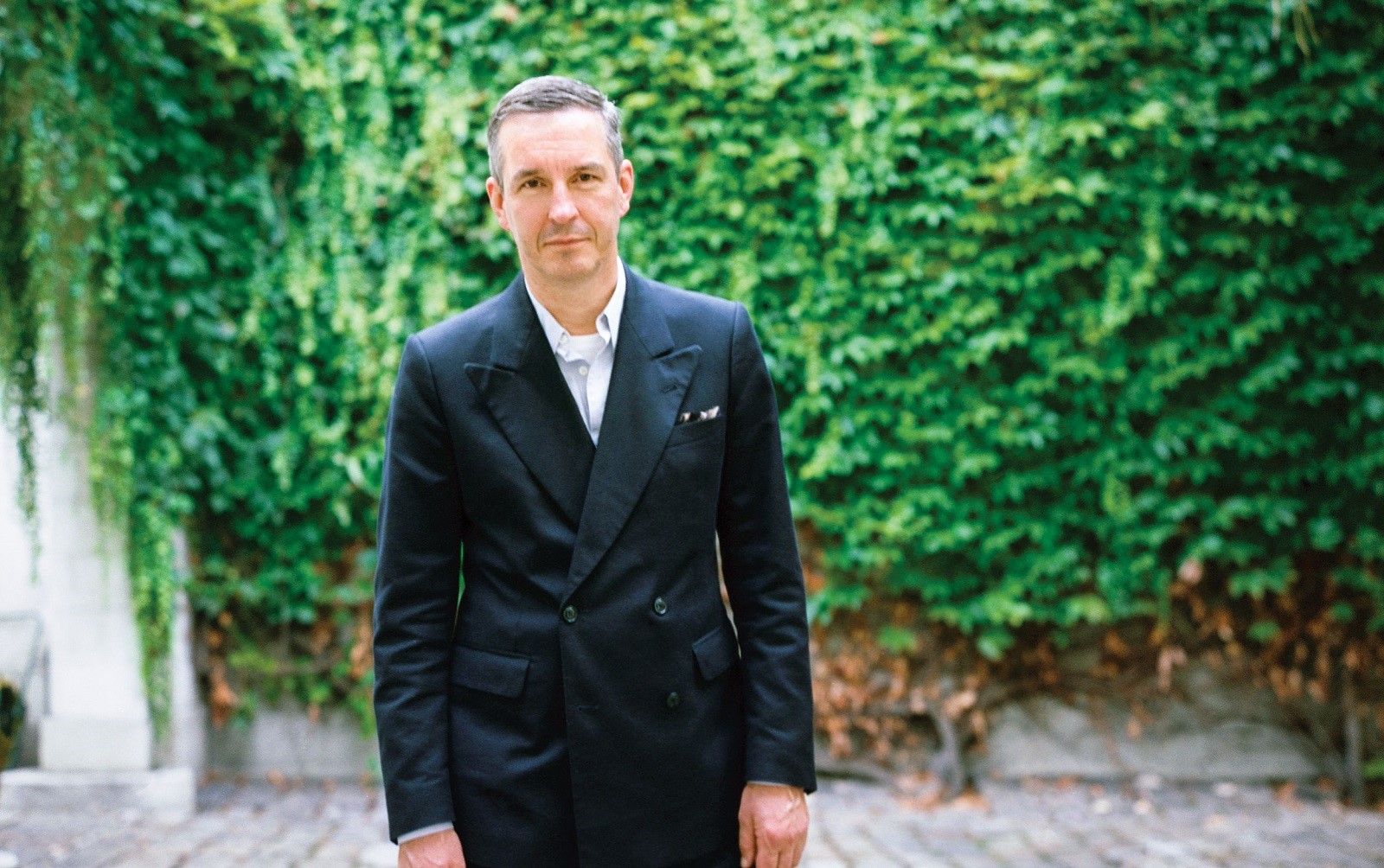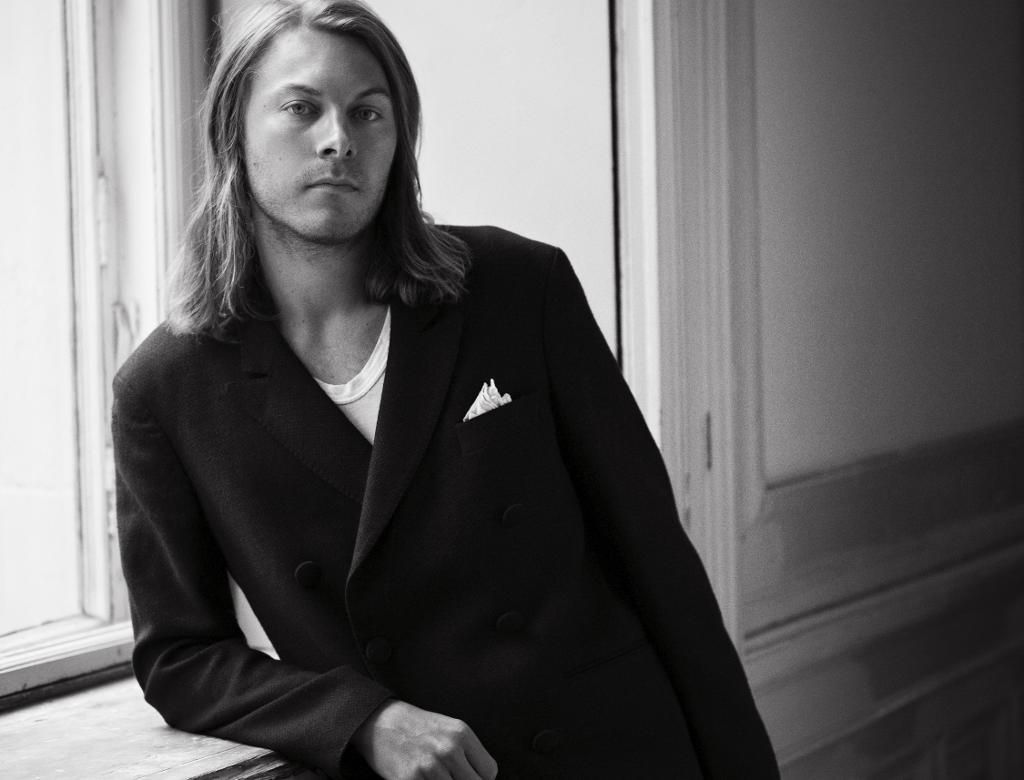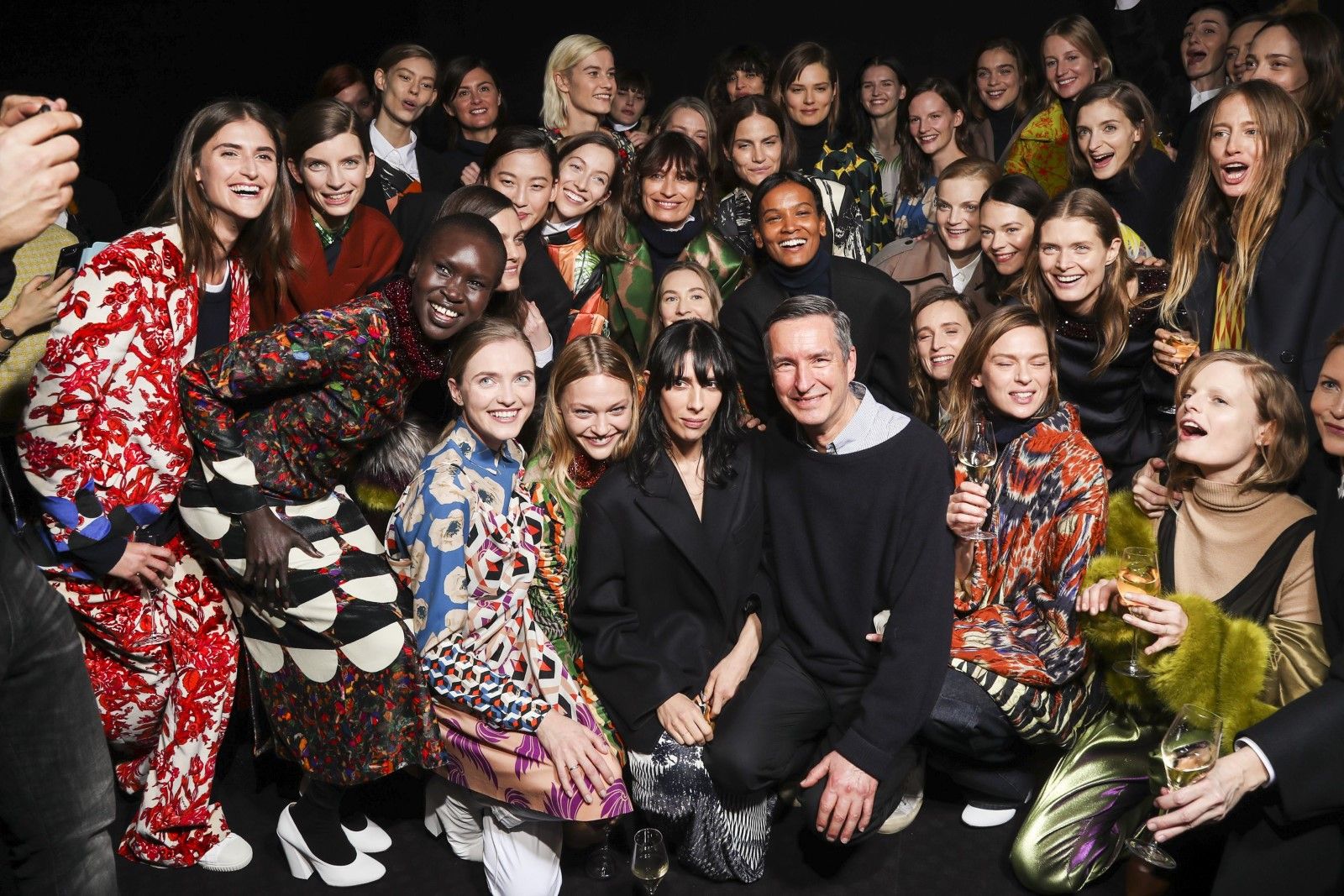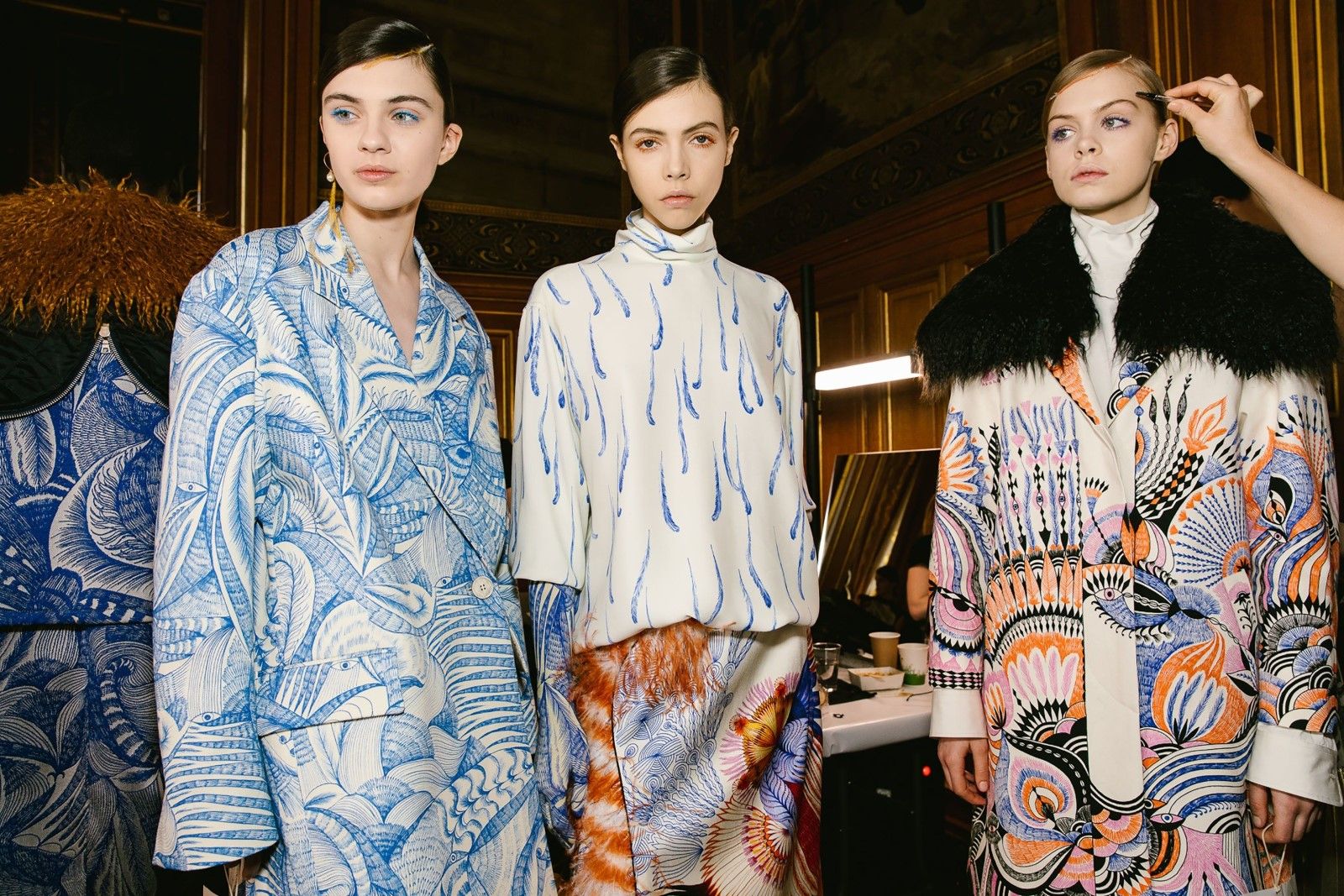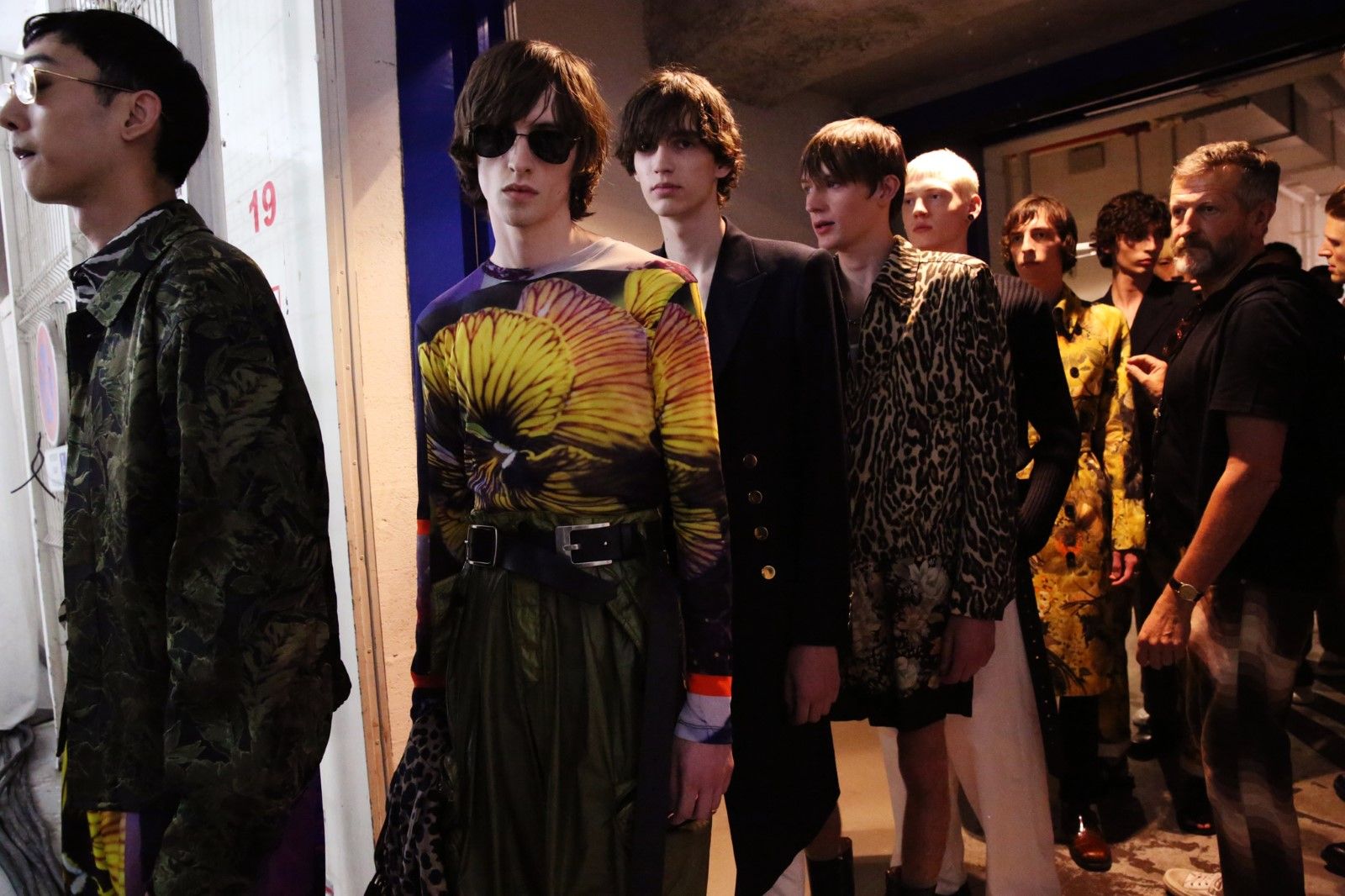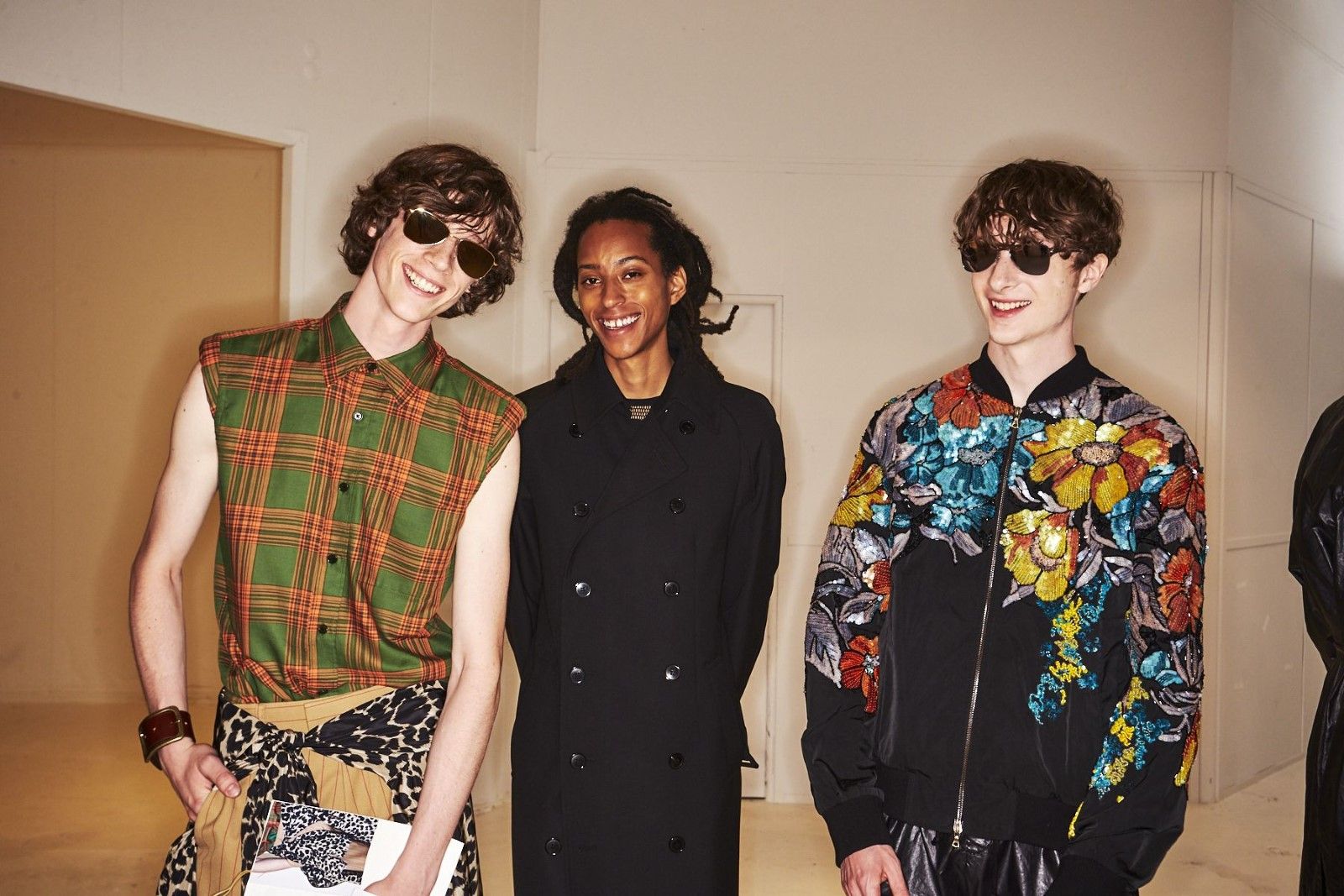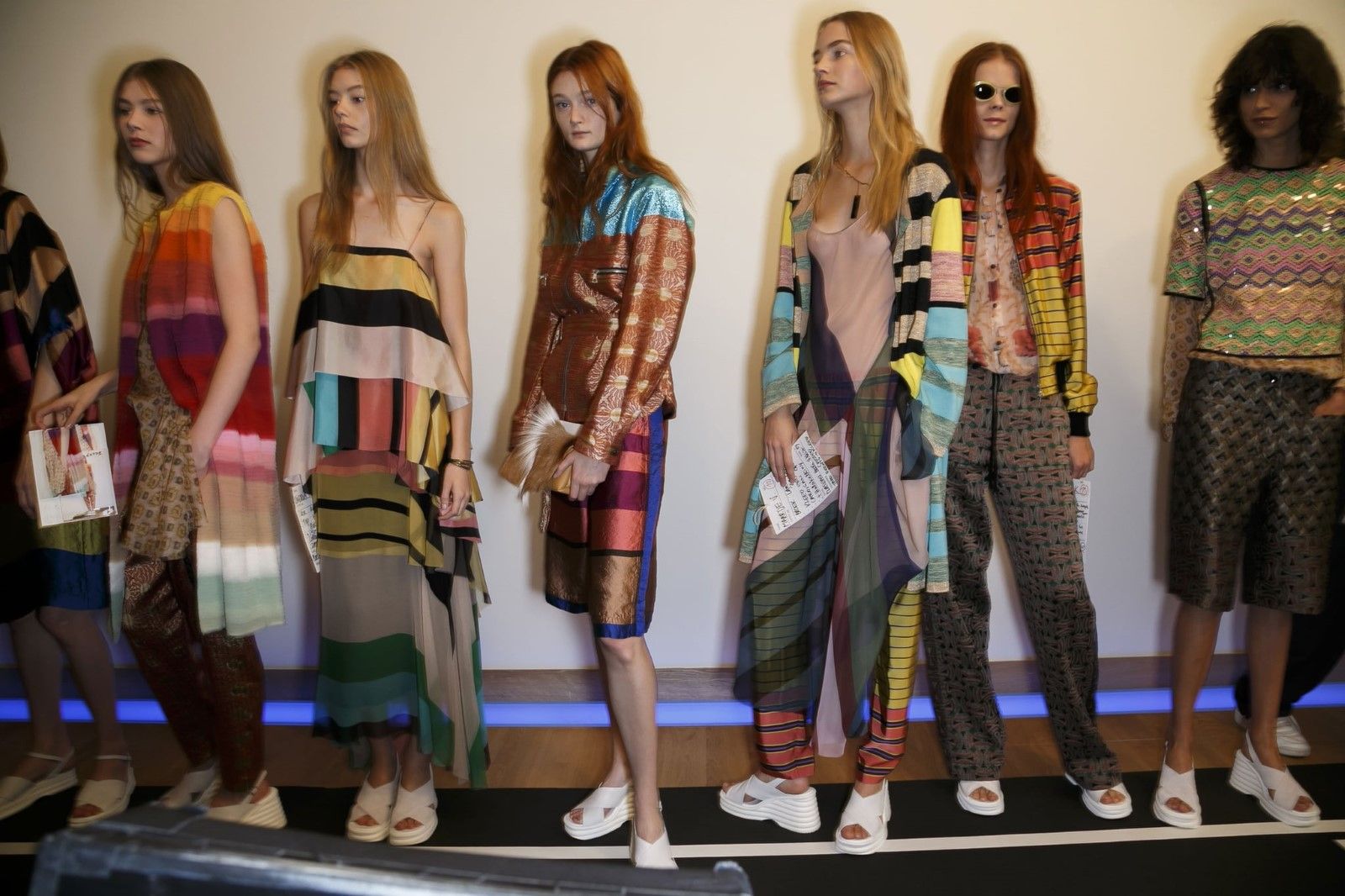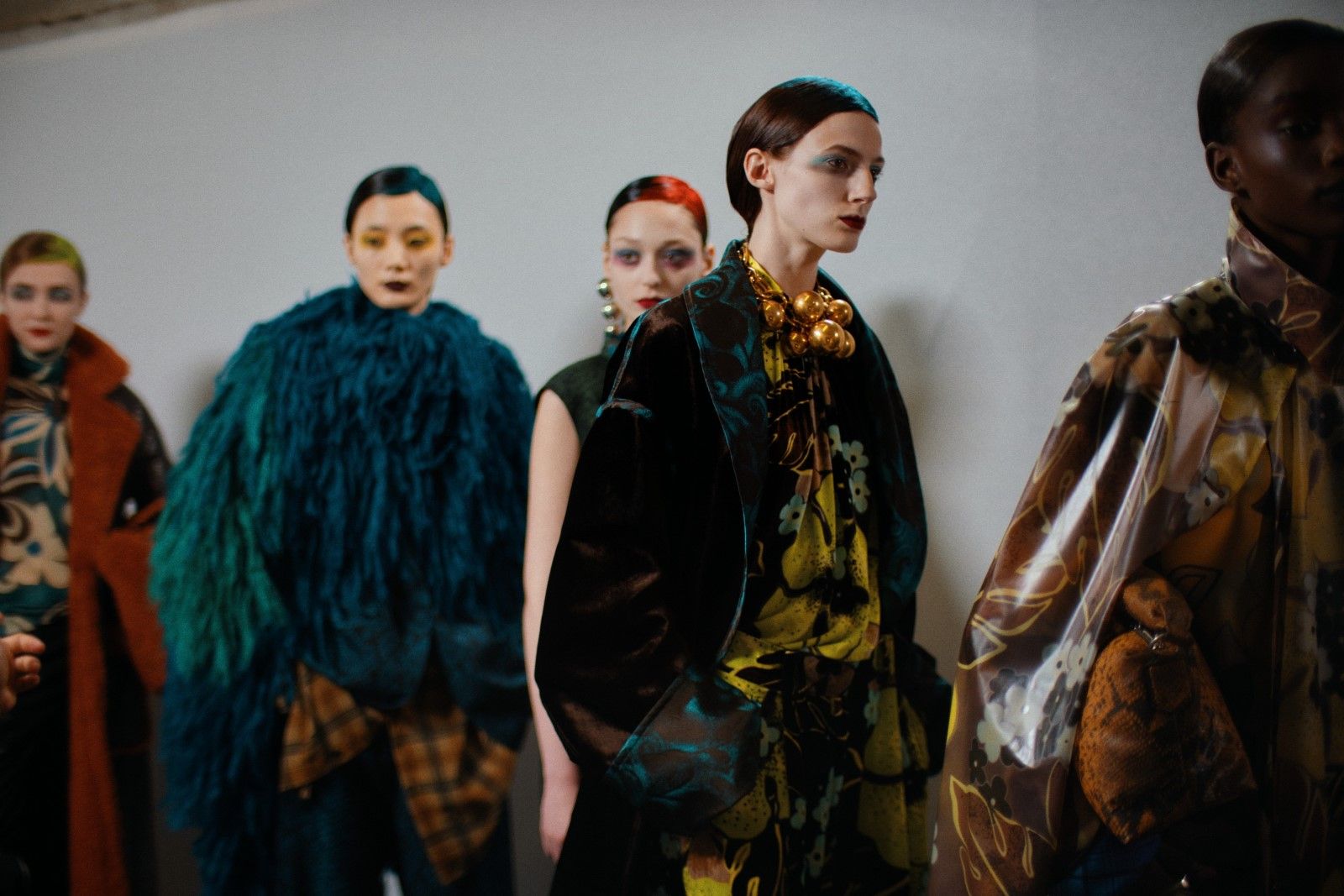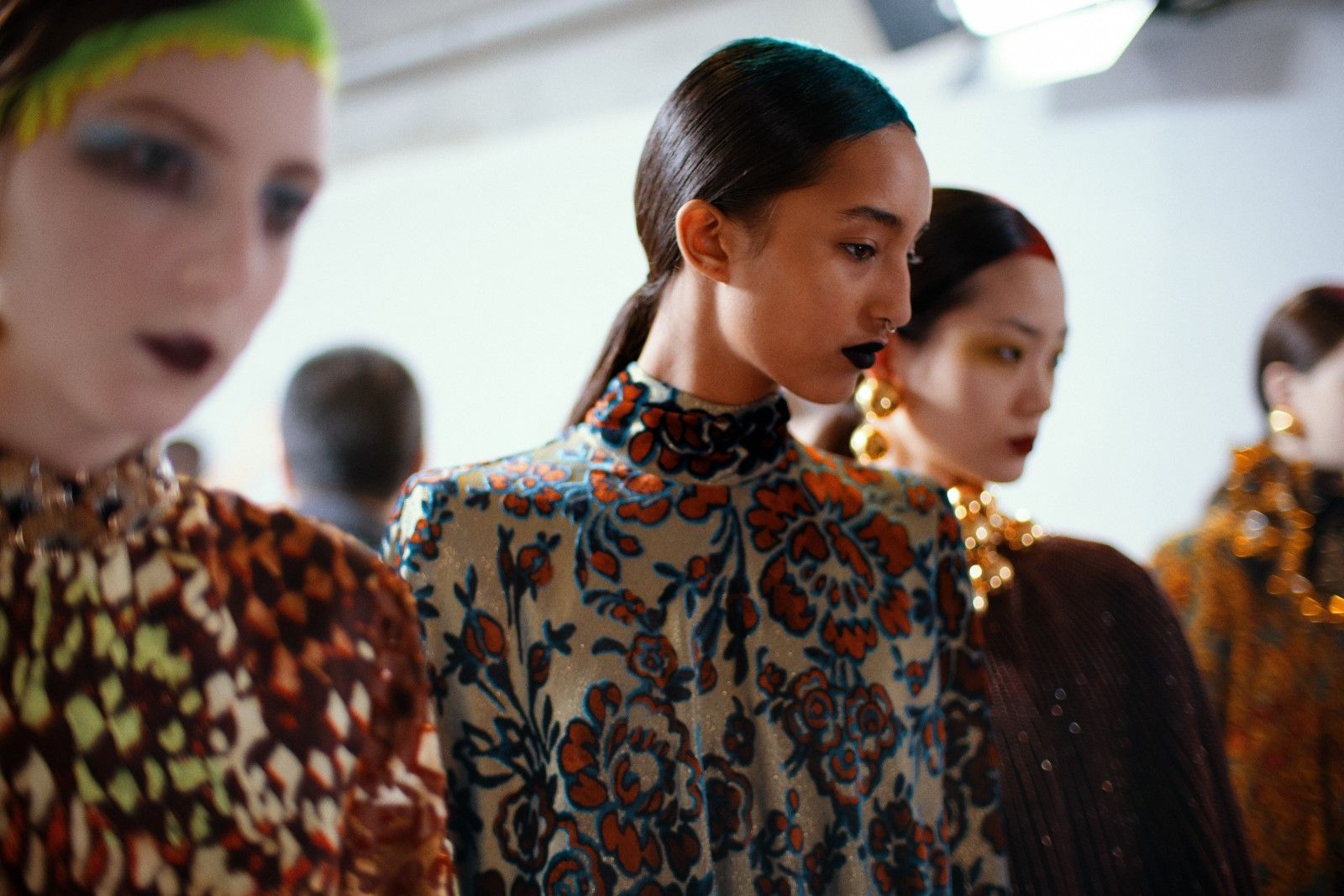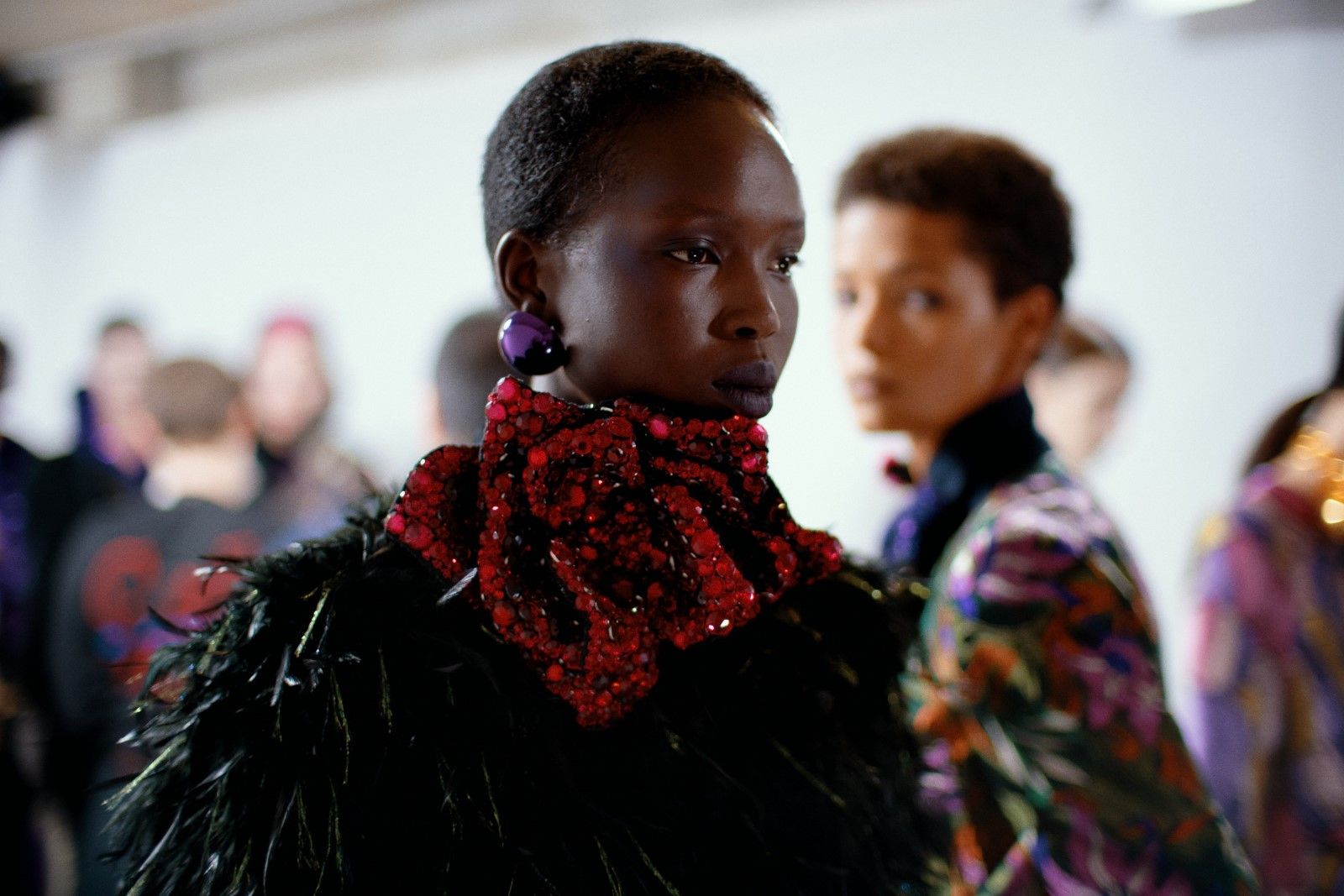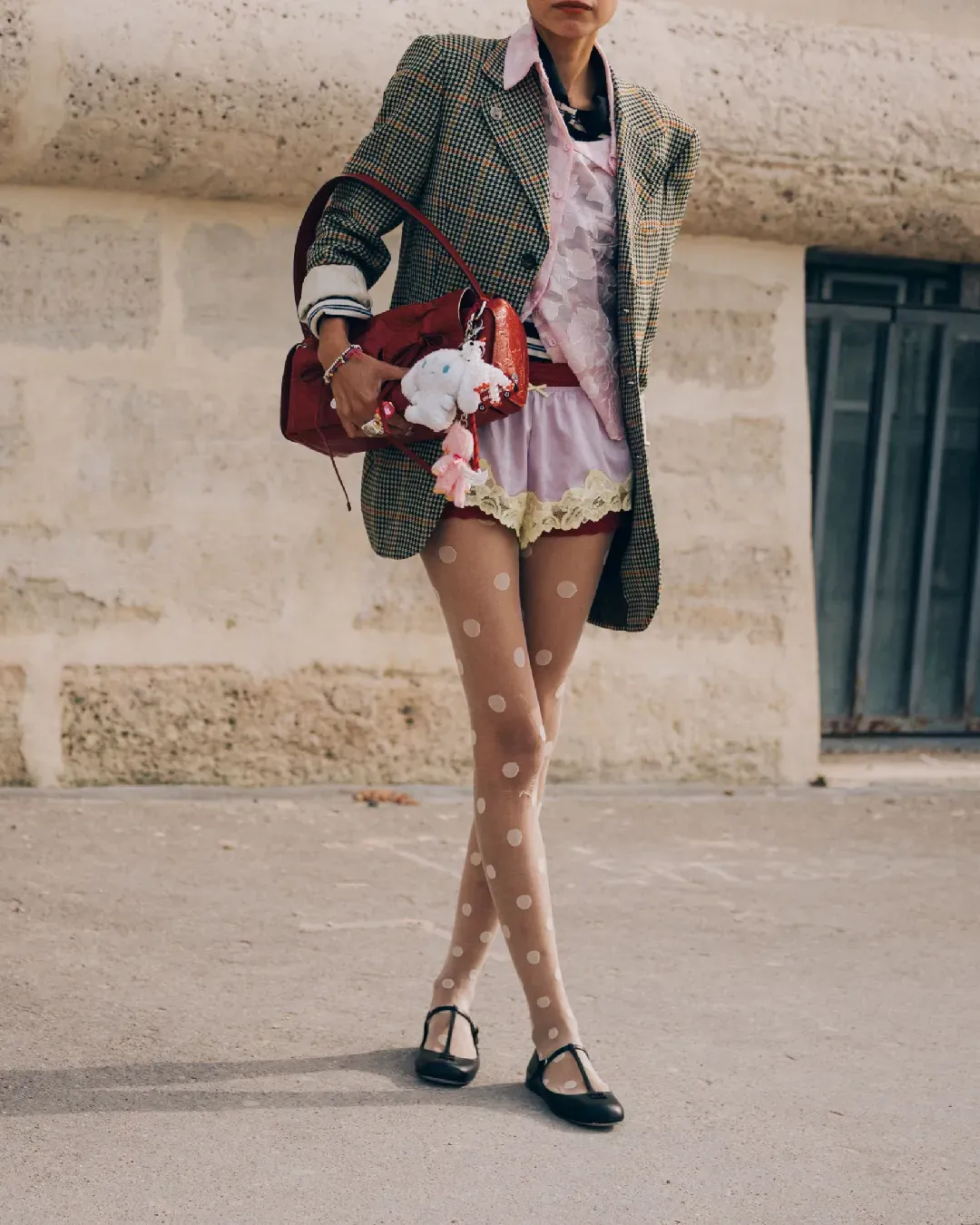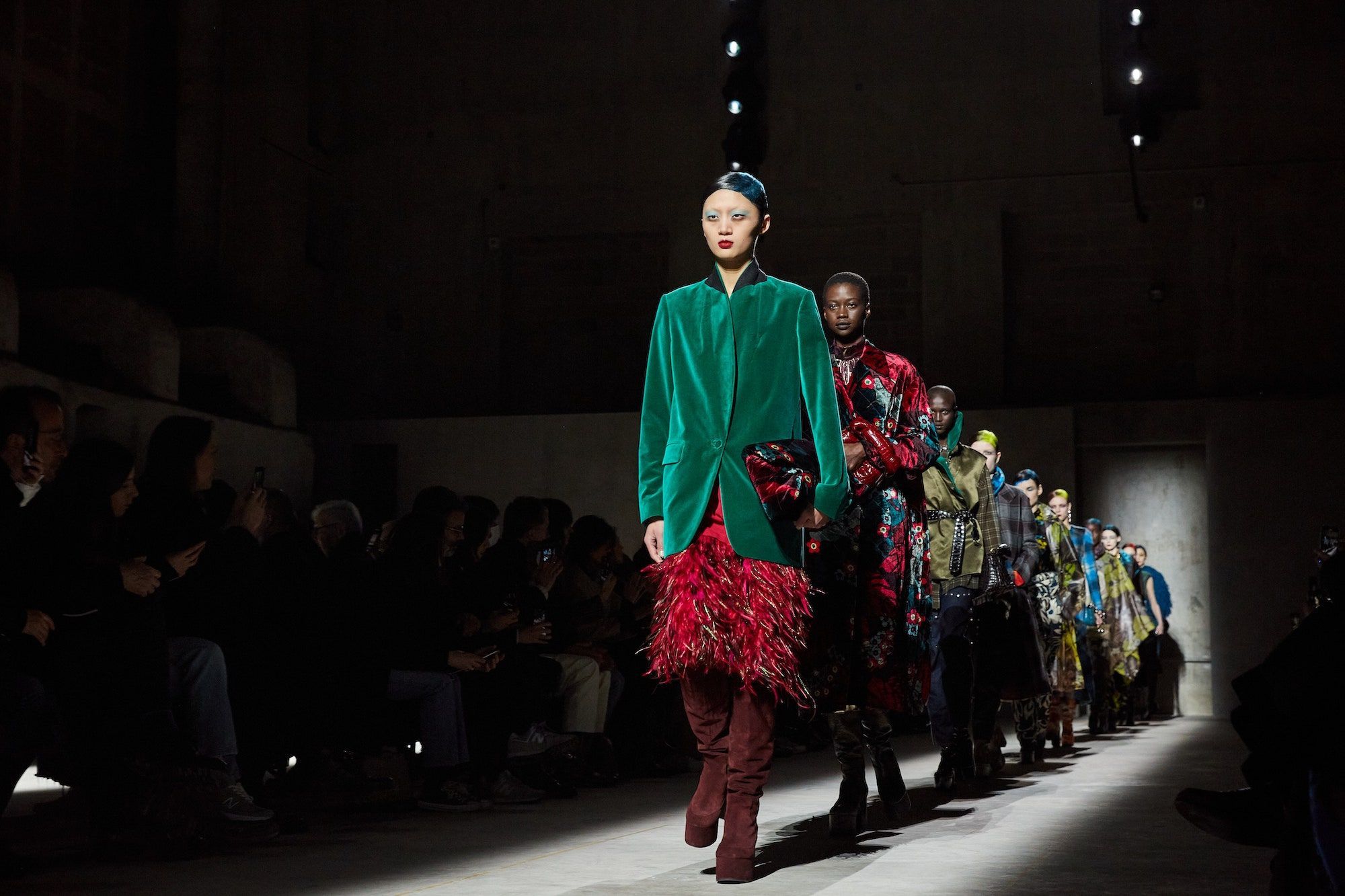
How Dries Van Noten plans to revolutionize the fashion calendar The Belgian designer leads a collective initiative to normalize the seasonality of collections
“When you try to explain how fashion works to people not in fashion, it’s impossible. Nobody can understand it”. With these words, published yesterday on The New York Times, the Belgian designer Dries Van Noten summed up the problem denounced in the open letter he co-signed with Marine Serre, Thom Browne, Craig Green, Jack McCollough and Lazaro Hernandez of Proenza Schouler, the CEO of Acne Studios Mattias Magnusson as well as representatives of world-renowned retailers such as La Rinascente, Antonioli, Selfridges, Mytheresa, Nordstrom and United Arrows.
The goal of the group led by Van Noten is to normalize the retail calendar and synchronize the fashion seasons with those of the year. During the lockdown, the group held their meetings via a series of video calls on Zoom during which the Belgian designer said:
It is not normal to buy winter clothes in May. It doesn’t make sense to me. And it’s not respectful to the customer who buys at full price to see it marked down 50 percent six weeks later.
From the group's point of view, the coronavirus crisis can become the chance to recalibrate the production rhythms of fashion, avoid overproduction, promote less succumbing creativity to the more organic commercial and retail dynamics logic that do not necessarily depend on discounts to free up their warehouses. Specifically, the group would like to move the Fall/Winter season between August and January and the Spring/Summer between February and July with end-of-season discounts placed in January and July instead of November and May. At the moment, in fact, the autumn collections arrive in stores in July and spring in January: a misalignment that according to the group led by Van Noten would cause fewer sales, resulting in an increase in inventories disposed of through discounts.
The normalization of the supply chain and discount calendar also aims at greater sustainability – as well as the more widespread use of the virtual showroom, which should also cut on travel and travel. The current pre-collection system, for example, lasts for a long time, forcing buyers to make numerous trips to Paris and Milan – which would not happen if the delivery of seasonal collections arrived later in the year. Van Noten also hopes that if the group's initiative is successful, it could be spread to the entire retail industry beyond the luxury market.
It should be pointed out, however, that the group's statement of intent is more of a declaration of intent than an authoritarian stance: forcing the signatories to adopt the proposed solutions would be a violation of antitrust regulations. As for his own brand, Van Noten said there will have no male and female fashion shows in the summer and in September and plans to revise its schedule for Spring 2021 with the possibility of adopting a see-now-buy-now format, but called the latter idea "an open discussion."
The one led by Van Noten is the initiative that now has the most following but, already at the beginning of the lockdown, a similar message had come from Giorgio Armani, who in his open letter, published at the end of last Milan Fashion Week, had complained about the inefficiency and waste of the current fashion system, and the decision of Saint Laurent to follow an independent schedule for its collections. Another major retail initiative was also discussed in mid-April by Saks Fifth Avenue, which had agreed with 20 brands, including Brunello Cucinelli, Burberry, Proenza Schouler and Stella McCartney, to align the arrival of seasonal products with consumer demand, while also implementing the digital formats that Van Noten talked about.










































